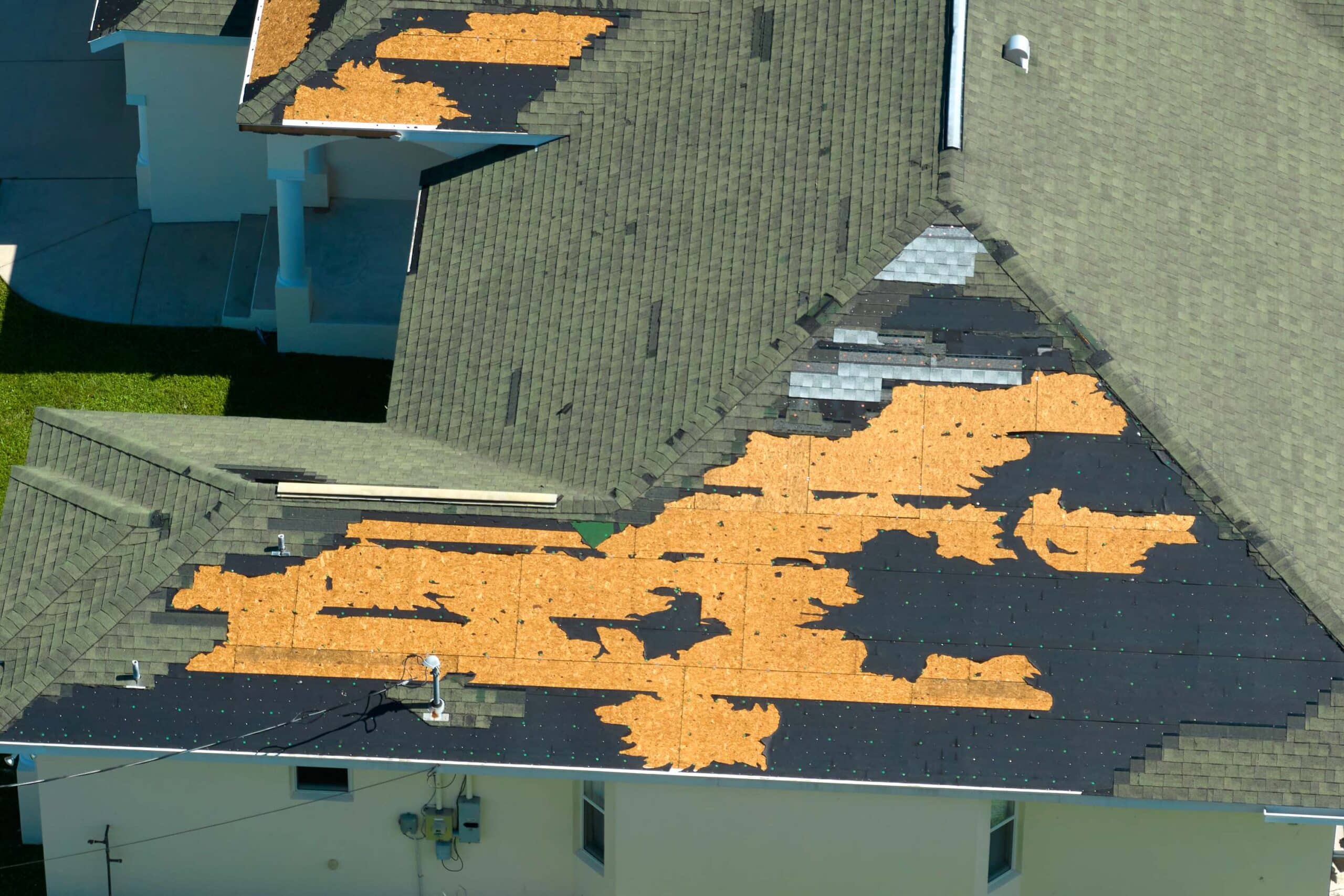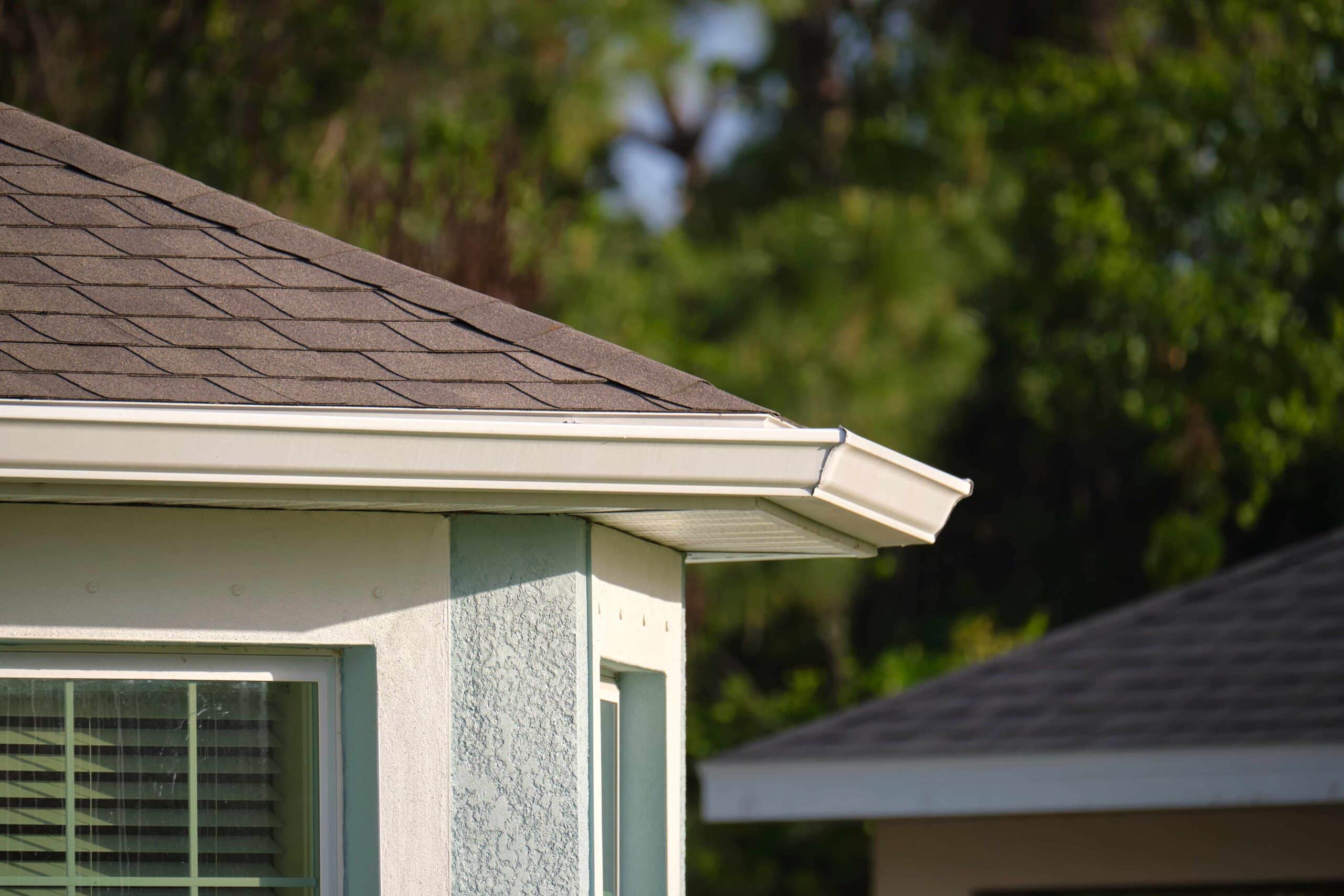Every homeowner cherishes the peace of mind that comes with a roof overhead, free from instability and damage. That peacefulness, however, can be disrupted by the frequent challenges that come with maintaining a shingle roof, particularly one roofed with asphalt shingles. At Sheffield Metals, while our specialty leans more towards standing seam metal roofing, we have garnered over two decades of experience that has given us a thorough grasp of the ups and downs you may experience with your shingle roofing.
Asphalt shingles have long been a favorite for homeowners due to their cost-effectiveness, ease of installation and their vintage, homey appeal. These roofs, despite their popularity, are not devoid of issues. Over time, shingle roofs may develop problems that, if not identified and dealt with promptly, could result in major repair costs. That’s why it’s crucial for homeowners to stay vigilant, spot these problems early, and take immediate action to ensure roof maintenance and keep roof damage signs to a minimum.
From blistering, curling and cracking to granule loss, mold, mildew, algae growth, and missing shingles – these are some of the issues homeowners should be keen to identify during their frequent roof inspections. Awareness is key to avoiding a host of common roofing issues that can compromise your roof’s primary function: to protect your home from the elements.
Key Takeaways
- Regular use a trusted professional for roof inspections to catch any potential problems early on.
- Act quickly on roof damage signs to minimize repair costs.
- Be aware of common shingle roof problems like blistering, curling, cracking, granule loss, mold, mildew, algae growth, and missing shingles.
- Maintain your shingle roof regularly to prolong its lifespan and protect your home.
- Always entrust any shingle roof repair work to experienced and reliable roofing professionals.
- Every homeowner should understand the importance and benefits of proper roof maintenance.
- Select high-quality asphalt shingles for your roof, as they can withstand the elements better and stand the test of time.
The Popularity and Potential Pitfalls of Asphalt Shingles
Among the popular roofing materials in the market, it is undeniable that asphalt shingle roofs have earned a special place in homeowners’ hearts. They blend cost-efficiency, esthetics, and ease of installation seamlessly, making them an ideal choice for those who value property aesthetics and practicality. This section sheds light on what makes asphalt shingles so popular, while also emphasizing the importance of proper care and maintenance to maximize roof longevity.
Understanding Why Asphalt Shingles Are Chosen
Asphalt shingles have a combination of features that make them an excellent choice for residential roofing. Primarily, they are known for their cost-effectiveness. Compared to other materials, asphalt shingles offer a budget-friendly solution that does not compromise on aesthetic appeal. In addition, they are easy to install and replace when damaged, contributing to cost savings over time.
Their attractiveness contributes to their popularity as well. Available in a wide array of colors and styles, they can match almost any home aesthetics, enhancing curb appeal and potentially increasing property value. Moreover, they deliver reliable weather resistance, guarding against various environmental conditions to ensure a long-lasting roofing solution.
Moisture seepage can occur during the manufacturing process, or due to poor roof ventilation, fostering a breeding ground for moisture under the roof layer. When this moisture expands under the influence of heat, it pushes through the shingle surface, causing blistering and damaging the shingles.
Blistering invariably necessitates shingle repair as a course of action or more drastic measures, given unchecked blistering can lead to leaks and an overall early roof system failure. Therefore, spotting the early signs of moisture damage in roofs holds immense value.
| Cause | Impact | Solution |
|---|---|---|
| Trapped Moisture | Leads to blistering under the influence of heat | Proper roof ventilation and regular inspections |
| High-Temperature | Expansion of trapped moisture, causing blistering | Adequate heat insulation materials |
| Poor Roof Ventilation | Moisture can become trapped and lead to blistering | Ensure proper ventilation to allow moisture escape |
Identifying the difference between blistering and hail damage is essential as each problem requires its unique repair method. Any delay in repair runs the risk of a small problem growing into a destructive issue that could not only damage your property but also burden you with hefty repair bills.
If left untreated, roof blistering caused by trapped moisture or from exposure to high temperatures during summer months, can result in leaking roofs and premature roof system failure.
We enlist the expertise of professional inspectors who are well-equipped to spot early signs of damage, provide advice, and conduct the necessary repairs to safeguard the health and longevity of your roof. In the forthcoming sections, we aim to guide you through other prevalent issues such as curling and cracking of shingles, granule loss, mold, mildew, algae growth, missing shingles and repercussions of thermal shock.
Curling Shingles and What They Mean for Your Roof
Roofing issues are a common concern among homeowners, with one of the most prevalent being shingle curling. This sign often indicates that your roof may need immediate attention, and failing to heed these early warnings can lead to a host of additional complications. Here’s a detailed look at the various factors that contribute to shingle curling and its potential impact on your roof’s longevity. But first, let’s understand the concept themselves.
The Various Causes Behind Shingle Curling
Various elements may contribute to shingle curling causes. The common culprits range from the natural aging process to improper shingle installation and roof ventilation problems. More significantly, the unique weather phenomenon known as thermal shock also incites this problem. This phenomenon happens when the roof’s temperature rapidly fluctuates from hot to cold, leading to the deformation of the shingles.
Improper shingle installation exacerbates the issue, while poor ventilation prevents the roof from maintaining an appropriate temperature, causing the shingles to contract and expand excessively.
Identifying the Severity of Curling on Roof Longevity
Shingle curling is more than just an aesthetic disadvantage—it’s often an indication that roof repair or even a complete overhaul might be imminent. When the shingles curl, it signals that the roof has potentially reached the end of its lifespan or has been installed incorrectly. Consequently, this might affect the roof’s overall performance and longevity.
The presence of curled shingles leaves your home vulnerable to potential leakage. Over time, these tiny leaks can morph into significant water damage, leading to costly repairs and replacements. Thus, it’s crucial to address this issue at its earliest stages to maintain the longevity of your roof.
Curling is not just caused by external factors, but rather a combination of the previously mentioned issues:
| Causes | Effects |
|---|---|
| Improper Shingle Installation | Exacerbates roof curling |
| Poor Roof Ventilation | Leads to excessive thermal expansion |
| Natural Aging Process | Top layer of the shingle starts to deteriorate leading to curling |
| Thermal shock on roofs | Causes shingles to contract and expand rapidly leading to deformation |
An essential part of maintaining the health of your roof lies in understanding the root causes behind these issues and the appropriate measures to offset them.
Shingle Cracking: Recognizing the Gravity of
As your roof ages, an evident sign of wear and tear that you might encounter is shingle cracking. Age, however, isn’t the sole culprit behind this common issue. Other factors such as wind damage, thermal movement, and stress on the roof structure can all contribute to the exacerbation of shingle cracking.
While mostly associated with older roofs, it’s critical to keep an eye on newer roofs for signs of premature cracking. Cracks that appear on a relatively new roof may indicate manufacturing defects, installation errors, or inadequate ventilation—all elements that can significantly reduce a roof’s lifespan.
Early detection and resolution of shingle cracks are undeniable necessities, as cracked shingles pose a significant threat to your roof’s integrity resulting in weakened water-tightness and overall structural damage.
- Monitor for signs of early cracking in newer roofs.
- Schedule a professional inspection if cracks are observed.
- Address the problem promptly to protect your roof’s lifespan and performance.
Remember, shingle cracking isn’t just an aesthetic issue. It’s a clear sign of roof aging that shouldn’t be taken lightly. The longer you wait to address these cracks, the more you risk severe damage to your roof and home. So don’t ignore these signs—act promptly to protect your home.
Assessing Granule Loss: A Subtle Sign of Shingle Wear
One of the subtle signs of shingle wear is granule loss. To the untrained eye, this might seem like a minor issue, but it can in fact be indicative of serious roof deterioration. The granules that adorn the surface of shingles are not merely decorative. These tiny components serve as the first shield against external threats such as rain, snow, and UV radiation, thus contributing to the overall longevity of the roof. Our attention is turned now to the nature, importance, and preservation of these shingle granules.
Granules: The First Line of Defense Against Roof Damage
So, what exactly are roof granules? Typically, they are composed of crushed stone or ceramic fragments, embedded in a colored pigment, which add both aesthetic and protective qualities to the shingles. The granules are designed to stick firmly to the asphalt layer of the shingle and, in doing so, create a barrier that protects against UV damage to the roof, thereby extending the roof’s lifespan.
Indications of granule loss in shingles can be granules appearing in gutters (gutter granule accumulation) or balding patches on the shingle surface. This could be a result of uneven asphalt application during the manufacturing process, overheating due to sun exposure, or ineffective roof ventilation.
Conclusion
By now, we trust that you have a deeper understanding of the various issues that can afflict asphalt shingle roofs. Regular shingle roof maintenance is pivotal to prolonging your roof’s lifespan and maximising its performance. By being proactive and conducting professional roofing inspections regularly, you can recognize and tackle problems early, preventing further damage and minimizing repair costs.
Challenges such as blistering, curling, cracking, and granule loss, alongside more insidious problems like mold, mildew, algae, missing shingles, and thermal shock, should never be overlooked. Having a robust knowledge of these issues equips you with the ability to act decisively in safeguarding your investment.
A well-maintained roof acts as the first line of defense your home has against the elements, protecting you, your loved ones, and your possessions. By attentively addressing any threats, your roof can continue providing its essential protective function. Prioritizing roof maintenance ensures that your home remains shielded from adverse weather while promoting the longevity of your roof.
We hope that our exhaustive breakdown of these roofing problems provides you with the tools necessary for preventing roof damage and implementing long-lasting roofing solutions. May your roof continue to stand strong and steadfast, sheltering you and your family for many years to come.
Eustis Roofing is your go-to expert for outstanding roofing services in Ocala, FL. Contact us today to start your roof transformation journey.


